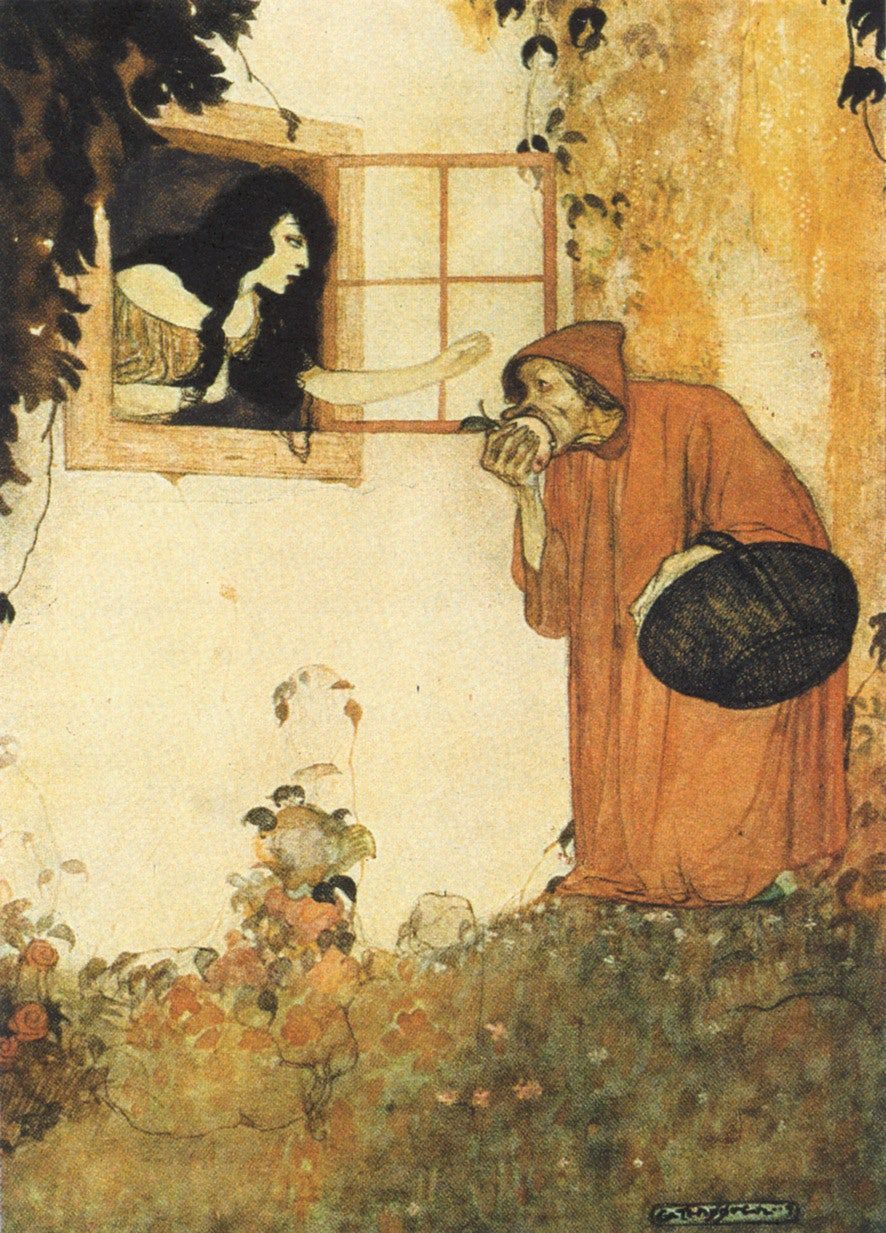The fairy queen and witch queen are two prevalent archetypes in folklore, both holding similar positions of power but with starkly different characteristics. The fairy queen is historically depicted as a benevolent, beautiful, and pure figure, representing the power and beauty of nature in mediation between the human and supernatural world. In contrast, the witch queen is a malevolent and cruel figure associated with the devil and dark magic, using her powers to bring harm to others. Both figures have had a significant impact on popular culture, particularly in fantasy and horror genres.
Fairy Queens vs. Witch Queens: An Analysis of the Rulers of Folklore
Introduction
Folklore is full of stories of powerful and mysterious beings, but two of the most prevalent archetypes are the fairy queen and the witch queen. While both hold similar positions of power, their role in folklore and their respective characteristics vary greatly. This article will explore the stark differences between the fairy queen and the witch queen, examining their origins, roles, and impact on folklore.
The Fairy Queen
The fairy queen, also known as the queen of the fairies, is a powerful and magical figure that appears in various cultures around the world. Historically, fairy queens were depicted as benevolent, beautiful, and pure, with the ability to grant favors or curses to those they encounter. Some of the most famous fairy queens in literature include Titania from Shakespeare’s “A Midsummer Night’s Dream,” Mab from Michael Drayton’s “Nymphidia,” and the Queen of Elphame from Scottish folklore.
Origins
The origins of the fairy queen can be traced back to ancient mythology. In Greek mythology, the goddesses of the seasons – Persephone, Demeter, Hecate, and Rhea – were often depicted as queens of the underworld, and their power over the seasons made them closely associated with the natural world. Similarly, the Tuatha Dé Danann, a group of gods in Irish mythology, were associated with the fairy realm and were often depicted as kings and queens.
Role in Folklore
The fairy queen’s primary role in folklore is to represent the power and beauty of nature, and to serve as a mediator between the human world and the supernatural world. She is often depicted as a figure of authority and benevolence, and her powers are used to help those who are in need. In many stories, the fairy queen serves as a guide and protector to the protagonist, offering wisdom and guidance on their journey.
Impact on Folklore
The fairy queen is an iconic figure in folklore and literature, and her presence has had a lasting impact on popular culture. From Disney’s Tinkerbell to Neil Gaiman’s Titania, the image of the beautiful and benevolent fairy queen continues to capture the imagination of audiences around the world. Her role as a mediator between the natural world and the supernatural world has also had a profound influence on other fantasy genres, such as urban fantasy and paranormal romance.
The Witch Queen
The witch queen, also known as the dark queen or the queen of witches, is a malevolent figure that appears in folklore around the world. Historically, witch queens were depicted as wicked, ugly, and often associated with the devil or other malevolent forces. Some of the most famous witch queens in literature include the Wicked Witch of the West from L. Frank Baum’s “The Wizard of Oz,” and the Queen of Hearts from Lewis Carroll’s “Alice’s Adventures in Wonderland.”
Origins
The origins of the witch queen can be traced back to the medieval era, when the concept of witches as evil and malevolent beings became widespread. The witch queen was often associated with the devil or other demonic forces, and was believed to use her powers to bring harm to others. In many cultures, the witch queen was also associated with dark magic and sorcery, and was feared and reviled by the community.
Role in Folklore
The witch queen’s primary role in folklore is to represent the embodiment of evil and darkness. She is depicted as a figure of malevolence and cruelty, and her powers are used to bring harm to others. In many stories, the witch queen serves as a foil to the protagonist or as a symbol of the evils of society.
Impact on Folklore
The witch queen has also had a lasting impact on popular culture, particularly in horror and dark fantasy. From Maleficent in Disney’s “Sleeping Beauty” to the White Witch in C.S. Lewis’s “The Lion, the Witch, and the Wardrobe,” the image of the malevolent witch queen continues to captivate audiences. The witch queen’s association with the devil and dark magic has also had a profound influence on horror genres, particularly in the use of witchcraft and sorcery as a plot device.
Conclusion
In conclusion, while both the fairy queen and the witch queen hold similar positions of power in folklore, their respective roles and characteristics vary greatly. The fairy queen represents the power and benevolence of nature, while the witch queen represents the malevolence of darkness and evil. Both figures have had a lasting impact on popular culture and continue to captivate audiences with their respective stories and legends.
